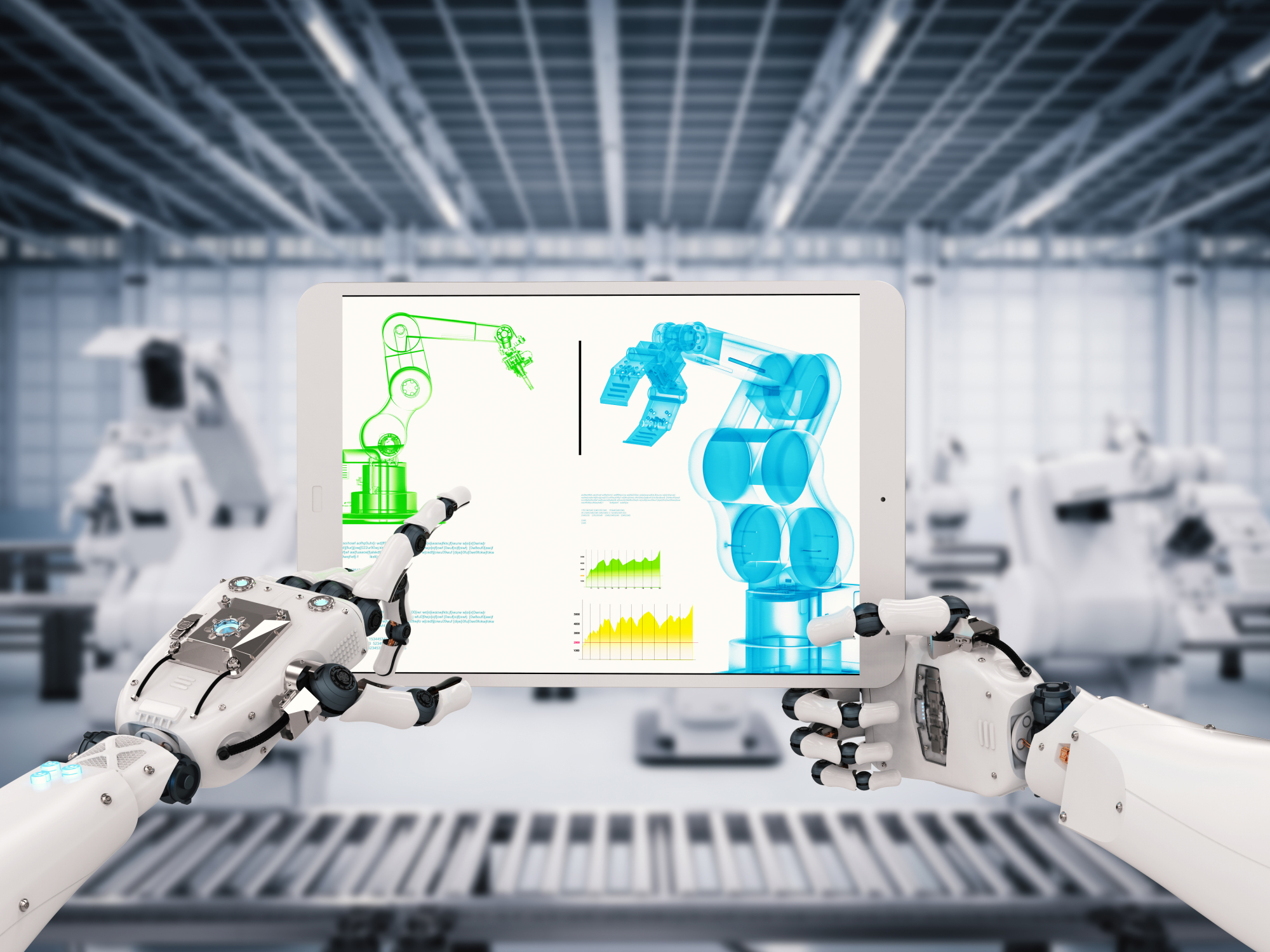The term "industrial revolution" used to be a proper noun referring to a series of industrial transformations driven by technological innovations that took place mainly in Britain from the latter half of the 18th century to the 19th century and a resulting series of structural social changes.
Today, however, the original industrial revolution is referred to as the first industrial revolution. The current general consensus is that the world we live in is in the midst of a fourth industrial revolution, following the second and third industrial revolutions. Thus the term "industrial revolution" has changed from a proper noun into a more generic term. What it now means is transformations in the industrial and social structure brought about by technological innovations.
The first industrial revolution started in 1769 when James Watt invented the steam engine, which used coal as its fuel. Manually operated printing machines were replaced by steam-powered printers, enabling both the wide and speedy transmission of information in print. Steam locomotives and steamships dramatically increased the speed and distance of transportation of people and goods, ushering in the age of mass transportation. Couriers and horse-drawn carriages were replaced by railways while sailing ships gave way to steamers. It was indeed epoch-making that the power of humans and horses as the primary energy source was taken over by the steam engine.



















With your current subscription plan you can comment on stories. However, before writing your first comment, please create a display name in the Profile section of your subscriber account page.